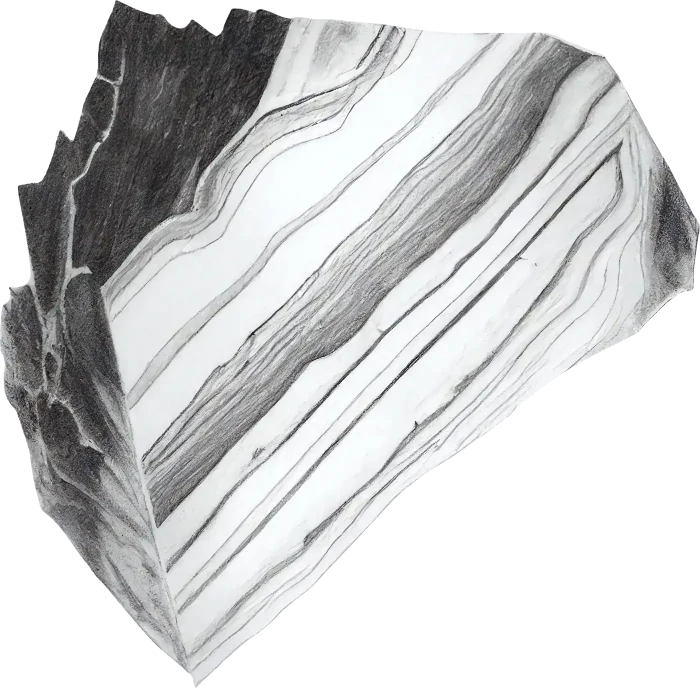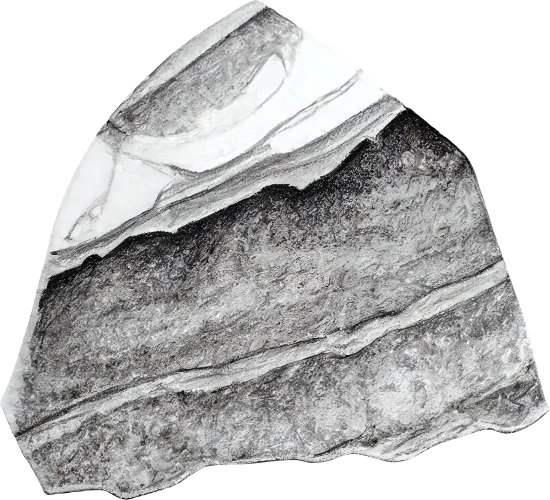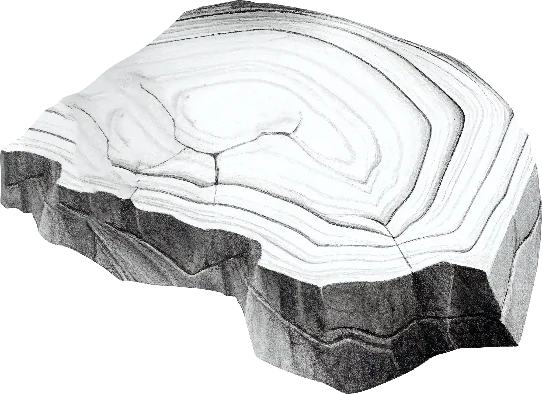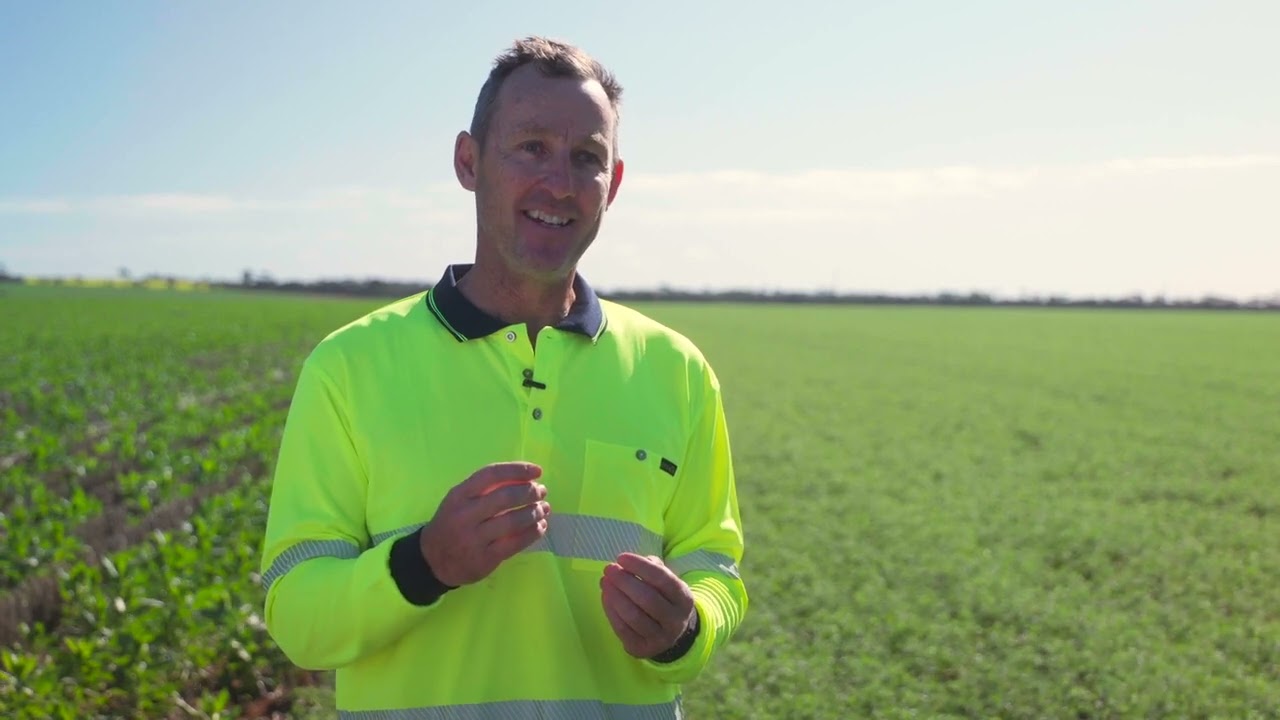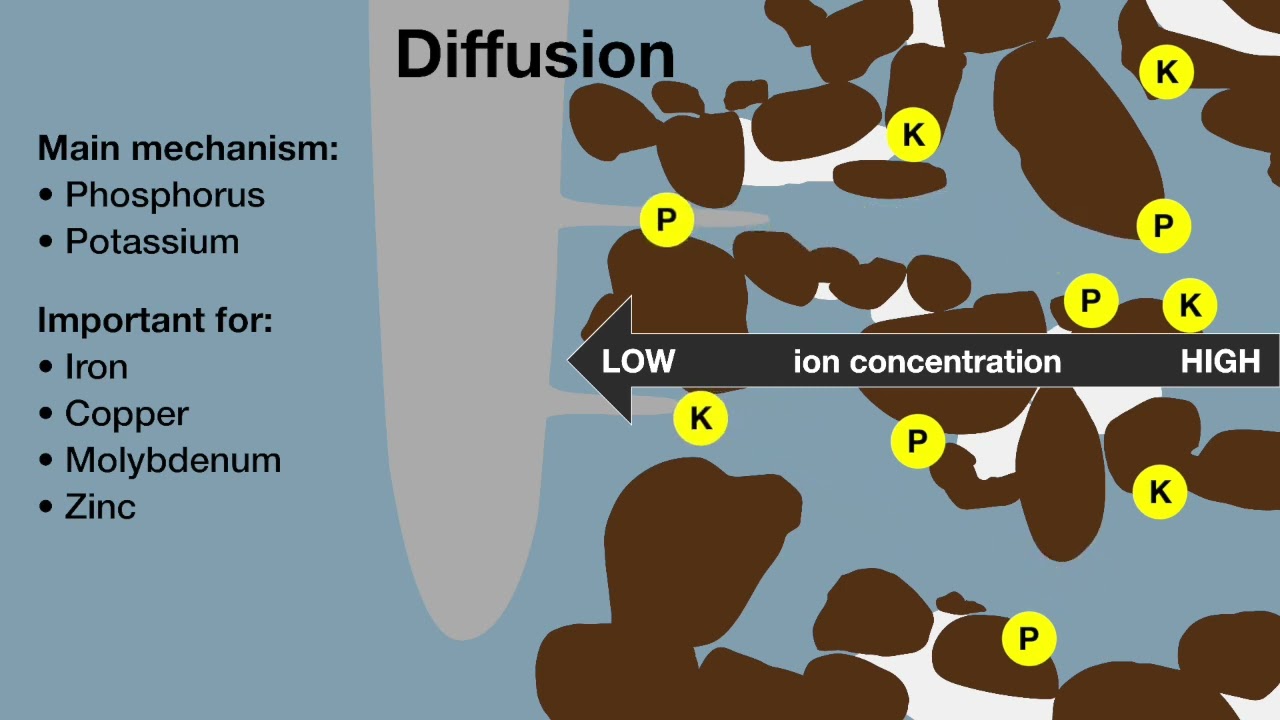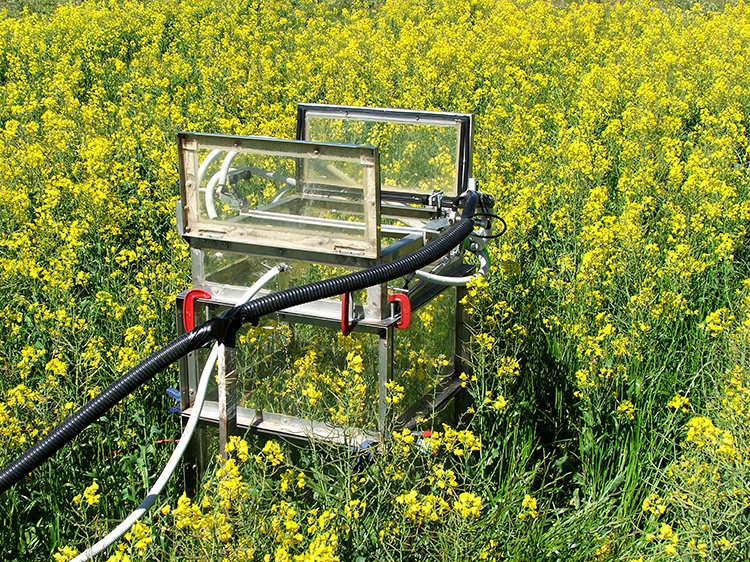Date
2022/08/24
Soil Quality ebook
Soil Quality: 8 Sodic and Alkaline Soil
Organisations
SoilsWest
Department of Primary Industries and Regional Development
Grains Research and Development Corporation
Authors
Ed Barrett-Lennard
David Hall
Wayne Parker
Rushna Munir
Waterlogging causes huge trauma to plant roots because under its influence, soil becomes oxygen deficient within a few days. With oxygen deficiency, the root cells experience a catastrophic energy deficiency: the rates of energy production decrease by about 95%. Under these conditions, all cellular processes that require energy are jeopardised.
One consequence of waterlogging in saline soil, is that for most plants there is a major increase in the rate of sodium (and chloride) ion uptake, and a decrease in the rate of potassium ion uptake. As a consequence, there can be a rapid increase of sodium in leaves.
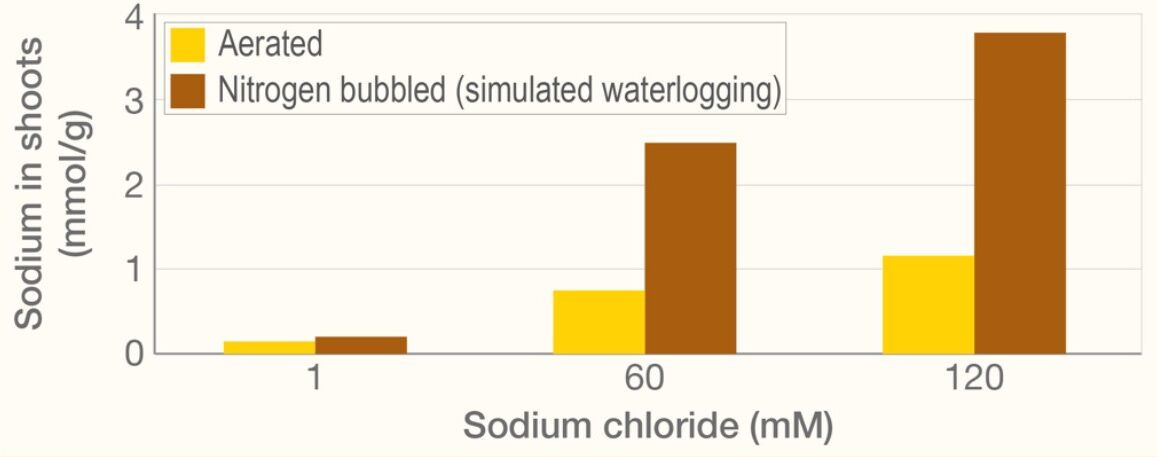
The chart above shows these effects for an experiment with wheat. In this trial the plants were either grown in aerated nutrient solutions (simulating drained soil), or nitrogen bubbled nutrient solutions (simulating waterlogged soil) at three salinities (1, 60 and 120 mM sodium chloride). After 7 days in aerated solutions, sodium concentrations in shoots increased with increasing salinity, but with the imposition of waterlogging (simulated with nitrogen bubbling of the solutions), sodium concentrations in the shoots were more than doubled.
For nearly all plants, the changes to ion relations in the shoots impair crop growth and final yield. The consequences of these adverse ion relations can be seen in the photos below in wheat.
With zero salt in the solutions (top photo), plants grown in hypoxic solutions were healthy-looking but had a 60% decrease in dry weight compared with plants grown in aerated solutions. With 20 millimolar sodium chloride (middle photo), the shoots of plants in hypoxic solutions were very chlorotic and also had a 60% decrease in dry weight compared with aerated controls at the same salinity (centre photo). At 120 millimolar sodium chloride (bottom photo), the shoots of plants in hypoxic solutions were dead; however, the plants grown in aerated solutions at this salinity were healthy-looking and had similar shoot weights as plants grown in hypoxic solutions at 20 millimolar sodium chloride. Overall, the photos show that in wheat there is a huge adverse interaction between waterlogging and salinity.
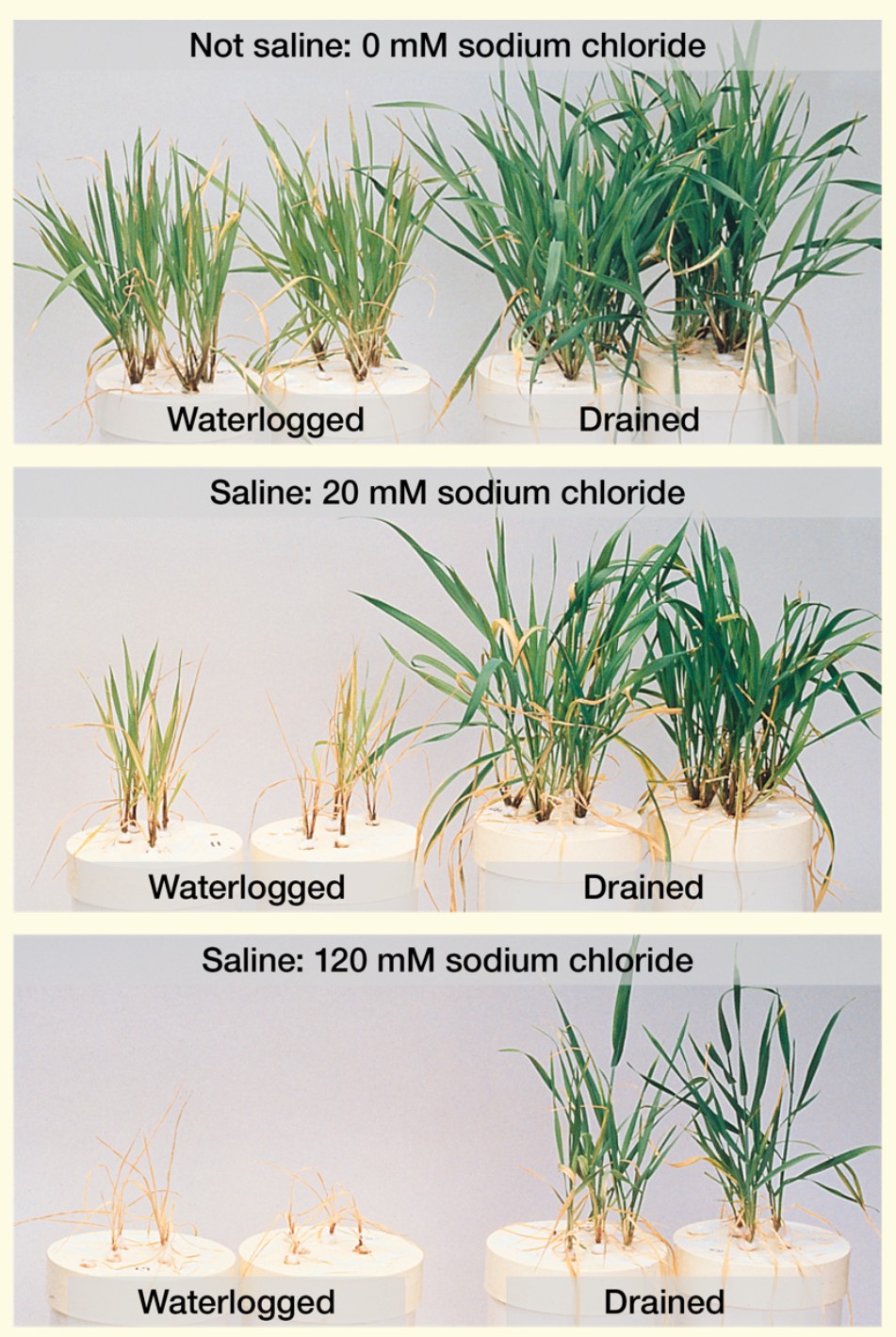
References
ebook Soil Quality: 8 Sodic & Alkaline Soil
Barrett-Lennard E, Hall D, Parker W and Munir R (2022).
Barrett-Lennard EG (2003). The interaction between waterlogging and salinity in higher plants: causes, consequences and implications. Plant and Soil 253: 35–54.
Barrett-Lennard EG and Shabala SN (2013). The waterlogging/salinity interaction in higher plants revisited – focusing on the hypoxia-induced disturbance to K+ homeostasis. Functional Plant Biology 40: 872–882.
Barrett-Lennard EG, Leighton PD, McPharlin IR, Setter T and Greenway H (1986). Methods to experimentally control waterlogging and measure soil oxygen in field trials. Australian Journal of Soil Research 24: 477–483.

